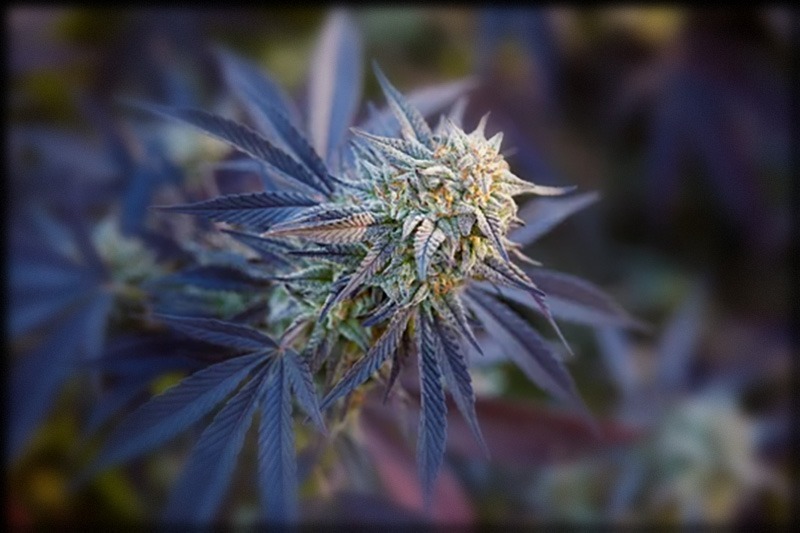Table of Contents [show]
Cannabis cultivation can be a difficult undertaking, especially for novices. However, if you understand and manage one essential component of the growing process: cannabis light cycle, you can create a satisfying output. Also, the light cycle you use will impact the health of your feminized and autoflower seeds and the yields generated. As a result, you should give your plant the right quantity of light at the appropriate time during the growth stages. Here is what you require to know about the ideal cannabis light cycle for your developing plants:
The science behind the cannabis light cycle
To fully understand the science behind the cannabis light cycle, it’s important to realize that while cannabis plants require light to grow, the quantity of darkness they experience affects their development. Photoperiod weed, unlike autoflowers, requires a set number of hours of uninterrupted darkness to change from the vegetative to the blooming stage when it reaches maturity.
When a photoperiod marijuana strain’s light cycle is switched from 18 hours of light to 6 hours of darkness (18/6) to 12 hours of the latter (12/12), the plant begins to blossom. You can vary the timing of your indoor plant grow lights to replicate what happens in nature as the seasons change and the number of sunshine hours decreases.
The Best Cannabis Light Cycle for Each Development Stage
Here’s a quick rundown of the light cycle for cannabis at each stage of development:
Seedling Stage
You can grow seedlings outside if your environment allows for it. Alternatively, you can grow them indoors and transplant them outside when the weather is warmer.
Indoor Seedling Phase
Low-cost grow lights (LED or fluorescent bulbs) can be utilized at the seedling phase. The most important thing is that you give your seedlings enough light. For seedlings, the best light schedule is 18/6. As a result, let the grow lights on for 18 hours before turning them off for the next six. A timer will spare you the hassle of doing this manually throughout the phase.
Outdoor Seedling Phase
When your seedlings are outside, nature should do its thing. If they do not get enough sunshine for 18 hours, utilize artificial illumination for the remainder of the time.
Vegetative Stage
This is the stage during which your plants are developing. This stage is critical to your cannabis plant’s development and health. The marijuana plants’ stems and leaves grow longer and taller at this stage. However, the cannabis plant does not develop any buds at this time, and you will have to regulate the form and size of your plant. That is where the marijuana light cycle comes in: at this time, the light for your plants may be altered to produce greater development. The more light your cannabis plant gets, the higher its development and eventual output will be.
Indoor Vegetative Stage
It should be noted that during the vegetative phase, light is not the only way to grow huge marijuana plants. If you want to cultivate plants indoors, you’ll require a well-kept grow room with a high ceiling. It’s also worth noting that certain cannabis strains (Northern Lights and Jealousy strain) produce greater yielding harvests even when not subjected to such manipulations.
Outdoor Vegetative Stage
Most gardeners start their weed plants indoors under lights before putting them outside to thrive in the sun. Most producers will begin cutting clones or starting seeds in March or April and maintain them under 18 to 24 hours of steady light before bringing them outside in early May or June. So, if you intend to grow your cannabis outside, it may be beneficial to keep them inside until all types of risk, like frost, have gone.
Flowering Phase
Your marijuana plants must be exposed to 12 or more hours of darkness daily to blossom.
Flowering Indoors
Most indoor growers begin at 12 hours of darkness once the plants have acquired the appropriate size and form during their vegetative period. Most growers prefer an indoor vegetative stage (four-eight weeks) under an 18/6 or 24/0 light cycle. To properly cultivate cannabis indoors, you must imitate the natural development pattern. When you cultivate cannabis outdoors, the buds (flowers) form as the days become shorter, obtaining a minimum of 12 hours of complete darkness. Reduce your light consumption from 18 to 24 hours of wonderful sunshine daily to 12 hours of light and 12 hours of darkness for the weed life cycle.
Flowering Outdoors
Let nature take its course if you intend to grow your plants outside. During this time, the cannabis plants will begin to develop blooms on their own, which normally occurs after the 21st of June, as the days begin to shorten. Of course, the plants will continue to grow and generate blossoms in this situation. After they begin flowering, plants often double in height and form – this is true for indoor and outdoor plants. Conversely, ensure that your crops aren’t exposed to light during the 12 hours planned to be in darkness.
Note: Floodlights and even streetlights can severely disturb the blossoming time.
Light Cycle for Autoflowering Cannabis Plants
Autoflowering strain plants are day-length neutral, meaning they don’t require light or dark intervals to induce blooming. They are created by crossing cannabis with ruderalis, a day-neutral plant with a quick blooming cycle. This means that longer light cycles may be employed during flowering, allowing you to offer the plant more energy during the blooming cycle.
Instead of reducing the lights to 12/12, you can continue to supply autos with 18/6 illumination throughout their life cycle. You can boost your yields, but you also increase your electricity use, which raises the overall cost of the growth. Thus, it is less efficient regarding returns on investment, but autoflowering plants can enable you to harvest more in a shorter time, which can be more significant to certain producers.
Further Reading:
Is Growing Cannabis In Ohio Legal?
How Is Good Commercial Cannabis Grown?
What Is Delta 10, and Should I Try It?





